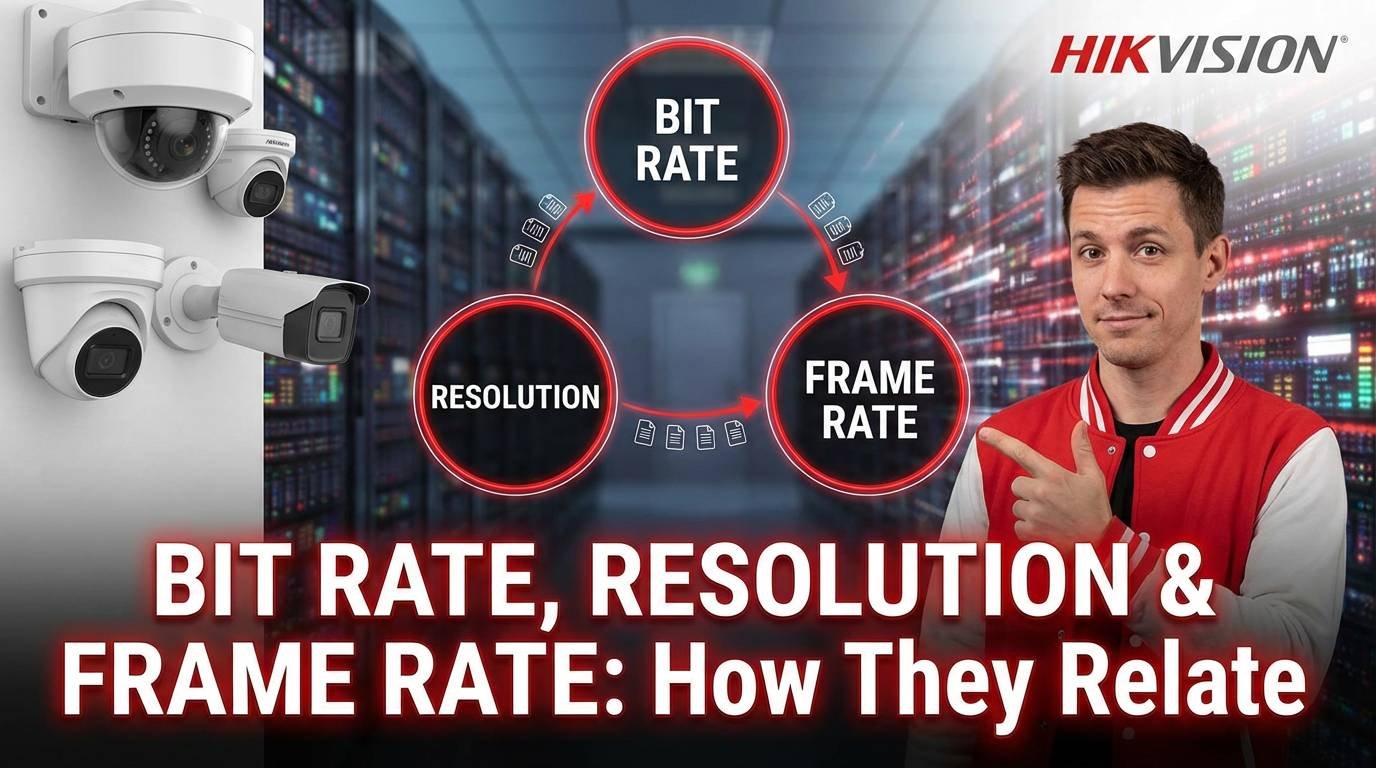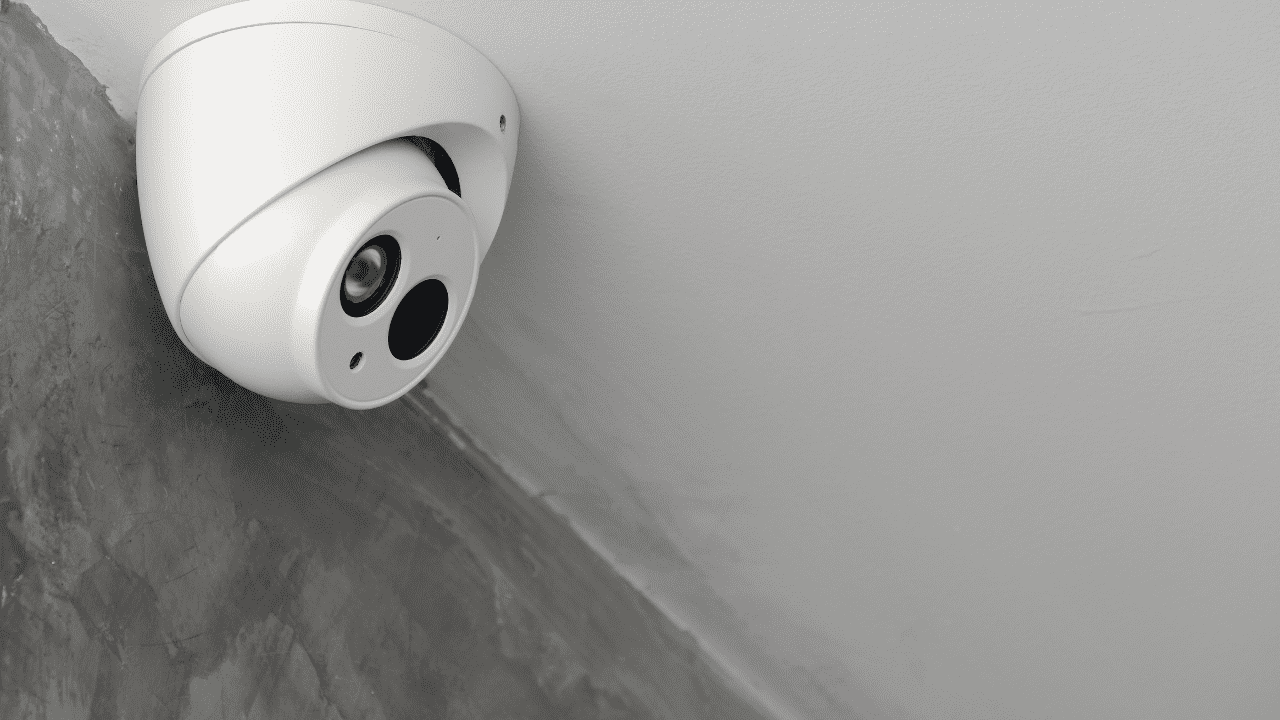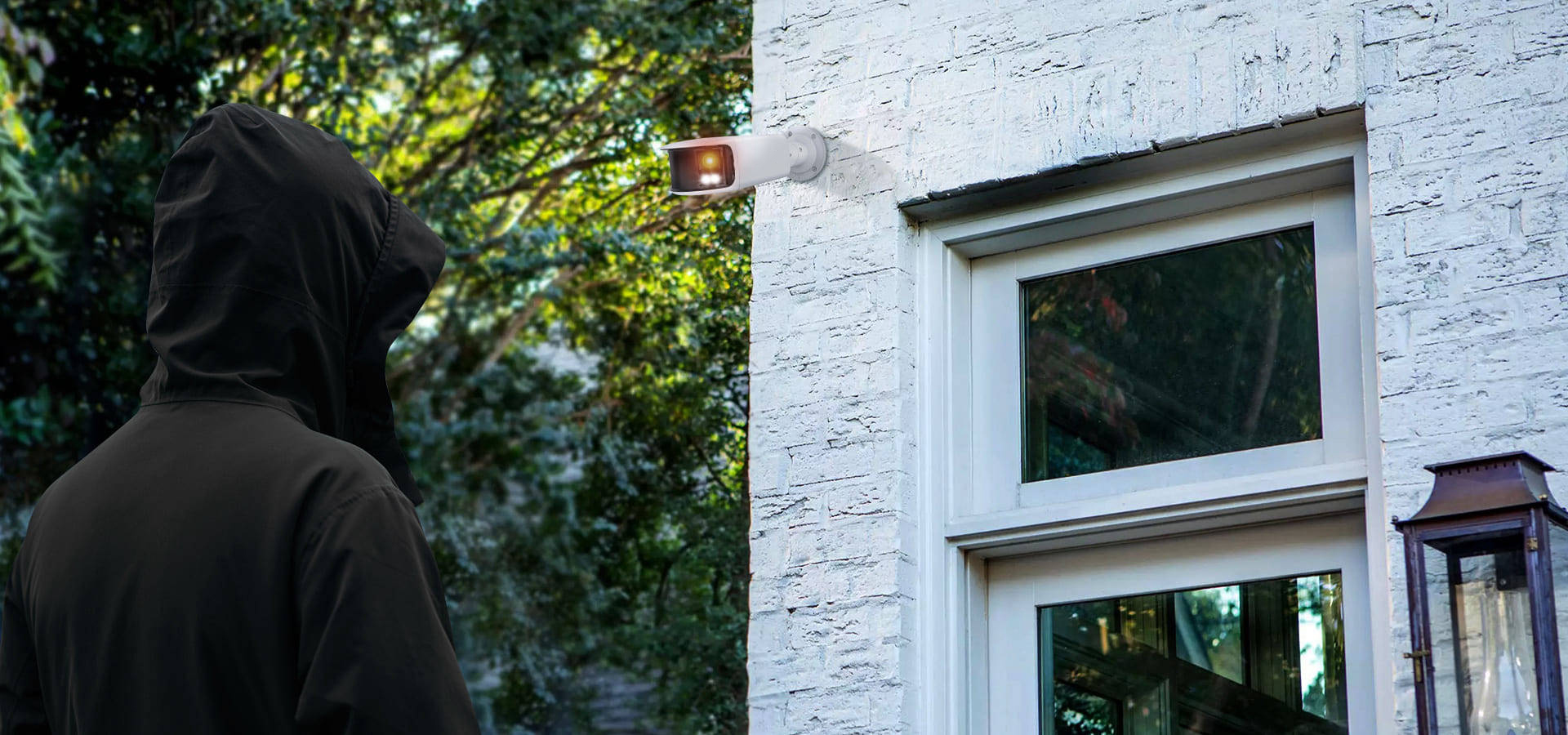Keeping your home secure from vandals, porch pirates, and wandering animals can ensure the safety of you and your family. Solar-powered security cameras use an internal battery to store energy from direct and ambient sunlight, regardless of whether it’s overcast or the sun is shining brightly.
The solar panel camera will gather energy any time the sun is up, and when the sun goes down, the camera operates on the internal battery so you don’t have to worry about the camera losing power. Look through the list of top products below to help you find the best solar-powered security camera for your home security system.

What to Consider When Choosing the Best Solar Powered Security Camera
When searching for a solar-powered security camera to go with other security features around your home, like door and window alarms, driveway alarms, or doorbell cameras, it’s crucial to consider several factors, including the capacity of the solar panel, how data is transmitted from the security camera, and the image resolution of the video. After all, it would be almost entirely pointless to have a security camera that only captures blurry, misshapen blobs instead of clear lines and details.
Solar Panel Capacity
The capacity of the solar panel refers to the quantity of energy the unit is able to gather and send to the internal battery to store. Some solar panels can be less or more efficient, but the average solar-powered outdoor camera will have one or two solar panels that operate for between 6 and 8 hours a day in order to store enough energy to fill the battery capacity.
The storage capacity of an internal battery of a solar-powered security camera is measured in milliamperes per hour or mAh, and these batteries can vary in size depending on the number of features the camera needs to power, like two-way audio, WiFi connections, and night vision. However, the average rechargeable battery on these cameras takes about 6 to 8 hours to fully charge and can operate for anywhere between 1 week to over 3 months without additional charging. Keep in mind that most solar-powered cameras are actively recording only when the motion detector is triggered or the user connects to the camera.
Data Transmission
Solar-powered security cameras can come equipped with internal memory cards that store the recorded audio and video images. These SD cards are then uploaded to a computer for easy viewing. However, wireless solar security cameras compatible with WiFi have quickly become a standard feature in security cameras, allowing the user to view and manage the data through a computer, tablet, or mobile device.
Data can also be transmitted through a 3G or 4G network in areas where WiFi isn’t readily available or if it isn’t reliable. These security cameras feature the same 3G or 4G service that a smartphone or tablet can use when they cannot connect to WiFi. Just keep in mind that this service will likely come at an additional cost through a local and compatible wireless carrier.
Image Resolution
When you are reviewing video footage of your home provided by the solar-powered security camera, you want to be certain that the quality of the picture is crisp and clear so it’s easy to make out distinguishing characteristics in the case of a break-in, vandalism, or theft. To help ensure that you can identify individuals outside your home, it’s a good idea to invest in a security camera with between 780-pixel (p) and 1,080-p resolution. You may find units with even higher resolution, but this isn’t necessary for most users.
780-p resolution is usually seen in lower-end products that may prioritize price over image quality, but these cameras are still considered acceptable for obtaining relatively clear images.
1,080-p is the standard for most solar-powered security cameras. This allows them to capture and transmit video in high definition, making it much easier to determine characteristics such as height or eye color, if necessary.
JA881304W is a high-end product in wireless camera system, with high-definition effect, 3MP (2048×1536).
Design and Weatherproof Rating
Solar-powered security cameras can roughly be sorted into two common categories based on their shape and design, including bullet and dome.
Bullet security cameras have a tubular shape and a wide field of vision with a fixed view that can be adjusted manually or by remote control. These cameras are commonly used at the front and back entrance, and they will often include motion-sensing and night-vision capabilities.
Dome security cameras generally have a smaller field of vision, but they also operate on a near-360-degree rotation that gives them almost complete coverage. This makes them a great option for commercial and industrial settings. They are also sometimes used in residential settings, though dome cameras designed for home use are typically less robust than those made for commercial and industrial applications.
You should also look for a waterproof rating so you know the camera will work outdoors. This rating is provided in the format of IPXX, where IP stands for ingress protection. The first X is representative of the debris resistance, ranging from large solid objects, like a leaf, to minute solid objects, like dust and sand.
The JA881304W is fully capable, ensuring that you can use it safely outdoors without fear of thunderstorms.
The second X represents the waterproof rating, which ranges from not water resistant at all to being able to be submerged in several feet of water for extended periods of time with no ill effects. Ideally, you want to find a solar outdoor camera that has a rating of at least IPX5 so that you can feel confident that the camera won’t shut down in heavy rain.
Compatibility and Features
Before choosing a really great solar-powered security camera, it’s important to determine whether it’s compatible with your existing WiFi, smart home, or 4G service provider. For most products, this information can be found in the product specs, or it may be provided directly from the seller or manufacturer. Keep in mind that most products will work with any type of WiFi, but the ability to connect directly through a built-in 3G or 4G network and the capability to integrate with a smart home are less common features, so you will need to be certain that the security camera will function as expected.
Other popular features for solar-powered security cameras include two-way talk, which allows you to communicate via a built-in microphone and speakers on the camera so you can have a conversation with someone on your porch even when you are at work, for example. You should also look for products with motion-detection and night-vision capabilities so that the home is safe and secure throughout the night. PIR motion detection is an advanced feature that uses computer algorithms to determine whether the object detected is human. If the object is not human, then the motion-detection system doesn’t send an alarm.
Installation
The installation process varies among products, but typically installing a solar-powered security camera is relatively easy. This is because these cameras don’t require a wired connection to any systems inside your home. Instead, they can be mounted on a brick wall, siding, or even the roof.
One key consideration is to make sure that the solar panel is placed in a location that receives sunlight every day. The more sunlight the solar panels are exposed to, the more effective they will be at absorbing and recharging the internal battery. Some products have a separate solar panel and solar-powered security camera so that these two devices can both be placed in ideal locations for their individual purposes. However, other products have one or more solar panels built into the security camera, so you need to find a place that will be able to absorb sunlight and keep an eye on your home.
About VIKYLIN
Are you looking for a reliable camera for your surveillance system? Ensure you source them from reliable suppliers who have their networking experts. No matter what you choose, contact VIKYLIN with 24*7 available for help. Their wide range of inventory ensures the highest performance for most of the most demanding applications.







